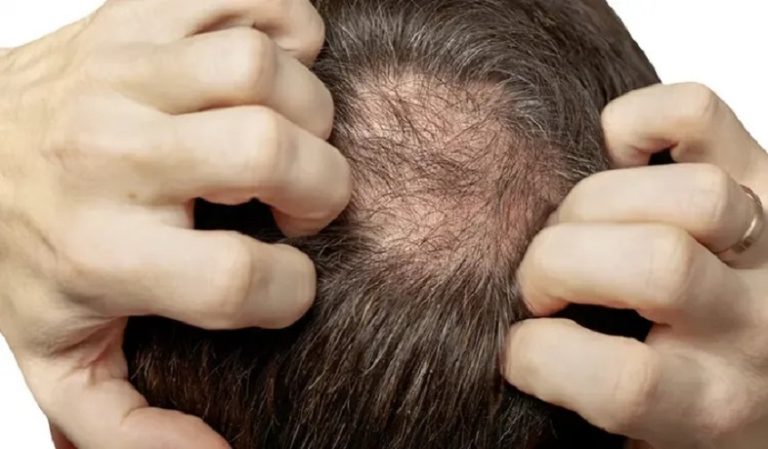Browsing: Hair and Skin

The page provides quick access to a list of common hair and skin diseases, syndromes, health conditions, and other topics of health importance about your skin and hair. The list is organized alphabetically. Links are provided to respective diseases sections that serve as a comprehensive and ultimate guide about the disease or health condition.
Skin and hair are the outer most protective layer of our body. It protects our body from foreign particles and infections and contains various glands. The skin has the ability to renew itself in every 28 days. The changes which appear on the skin may sometimes indicate overall health of an individual.
Skin and Hair diseases come under the category of dermatology, which is defined as the branch of medicine which deals with diseases related to hair, skin and nails. Skin and hair diseases are treated by a dermatologist, which includes both medical and surgical treatment options.
Presently, skin and hair diseases have shown a widespread occurrence. According to the American Academy of Dermatology, 84.5 million Americans have been affected with skin and hair diseases. These diseases can affect people of any age group, but high incidences are observed in people above the age of 65.
Some common skin disease includes dermatosis, non-melanoma cancer, eczema, melanoma and shingles. Some prevalent hair diseases include androgenetic alopecia, cosmetic hair damage, discoid lupus erythematosus, lichen planopilaris and dandruff.
What Should First-Time Buyers Know About Caring for Halo Extensions at Home?
Choosing Halo hair extensions can be a straightforward way to achieve longer, fuller hair at home without complicated application techniques.…
5 Causes of Spider Veins and How to Get Rid of Them
Spider veins are something that many people have and that appear on their body, usually later on in life. The…
Alopecia and Hair Transplant: An Effective Method to Cure Balding
Alopecia, a condition marked by hair loss, can significantly impact an individual’s self-esteem and overall well-being. Its various forms, from…
Hair Loss in Children: Causes, Symptoms, and Treatment Options
Hair loss in children is a relatively rare but distressing condition that can have significant physical and emotional consequences. This article discusses the causes, symptoms, and treatment options available for managing hair loss in children.
Hey there! Although experiencing hair loss can be difficult, there are many effective treatments. With the help of these treatments,…
8 Ways to Promote Hair Growth and Prevent Hair Loss
Hair loss can be caused by genetics, illness, hormonal imbalances, bad habits, and carelessness. To prevent hair loss, maintain a healthy diet, get enough protein, and limit the use of harsh hair products. Also, avoid tight hairstyles and accessories, air-dry your hair, and get regular trims. Consider seeking professional advice if necessary.
There are several medical conditions that can cause acne, including hormonal imbalances, certain medications, and genetic predisposition. Hormonal changes, such…
Dermal fillers are facial Injectables that provide volume to facial areas like the eyes, cheeks, and chin. Even, a crooked nose can also be treated with them. These all come with different longevity features. Out of all, Restylane lasts for 21 years, which makes it a long-lasting filler.
Skin and mucous membranes are impacted by the highly contagious viral illness known as chickenpox (also known as varicella). Most…
Pemphigus is a set of autoimmune skin disorders that result in sores, blisters, or bumps on your skin that is…













